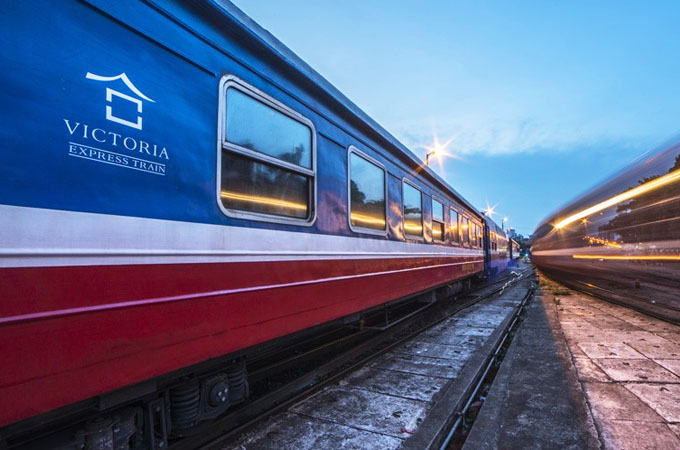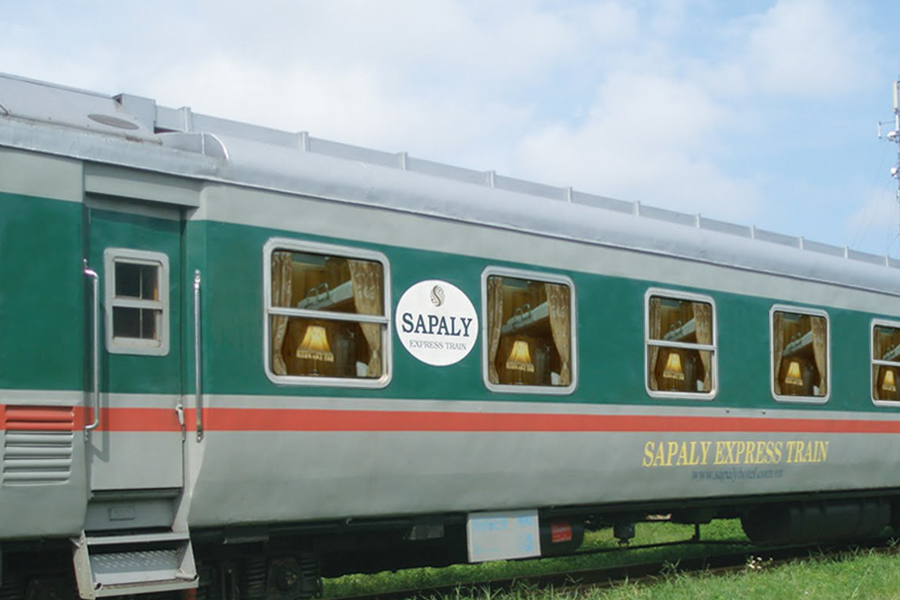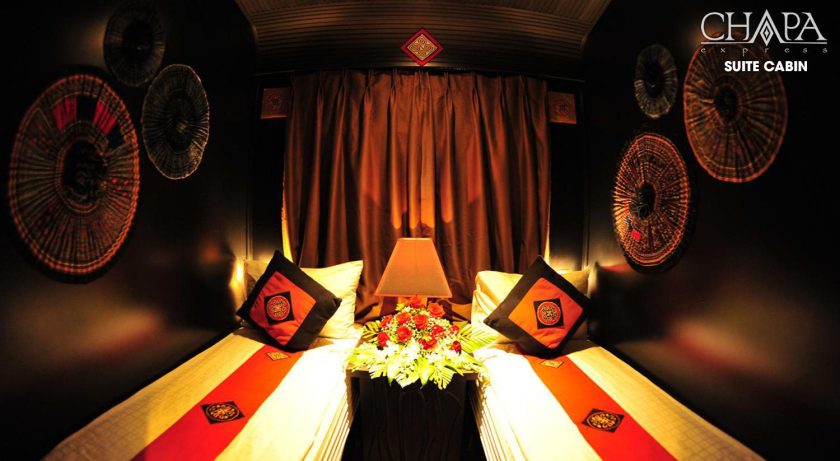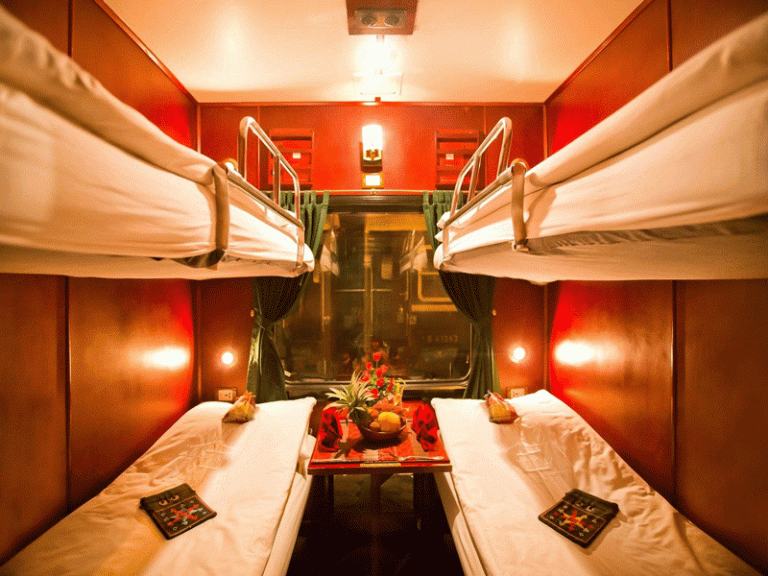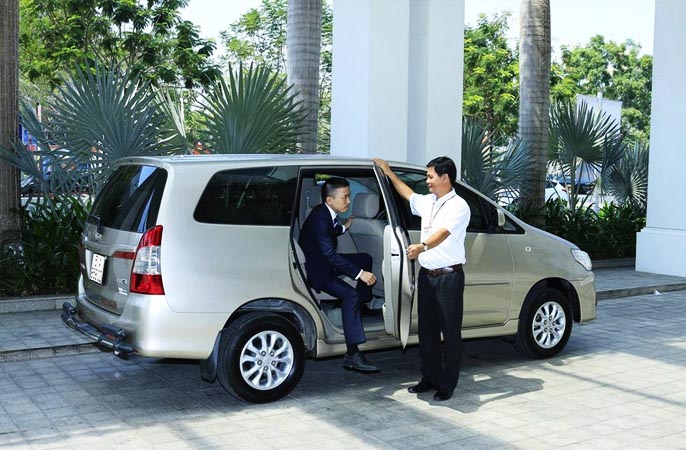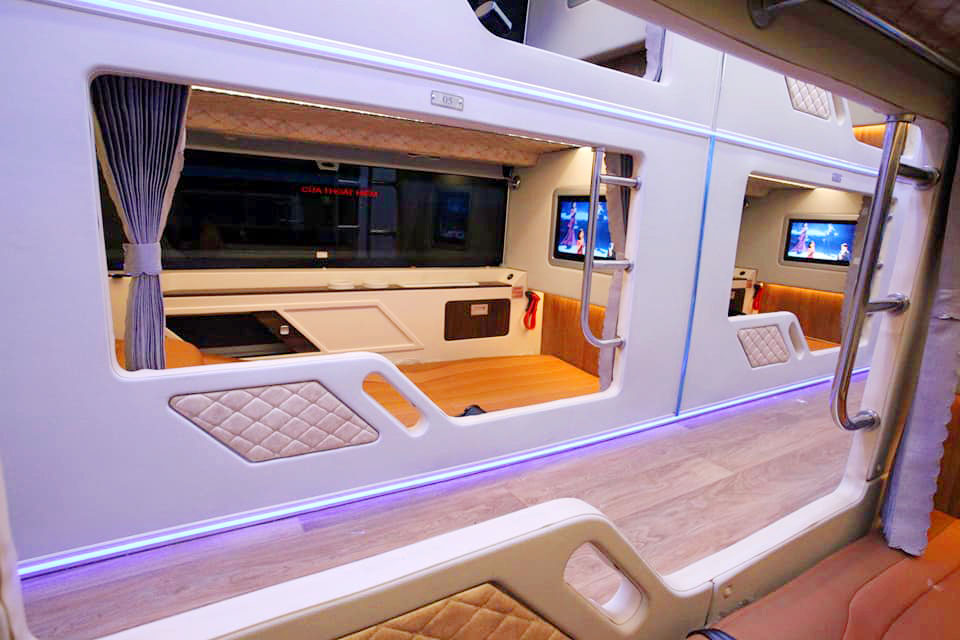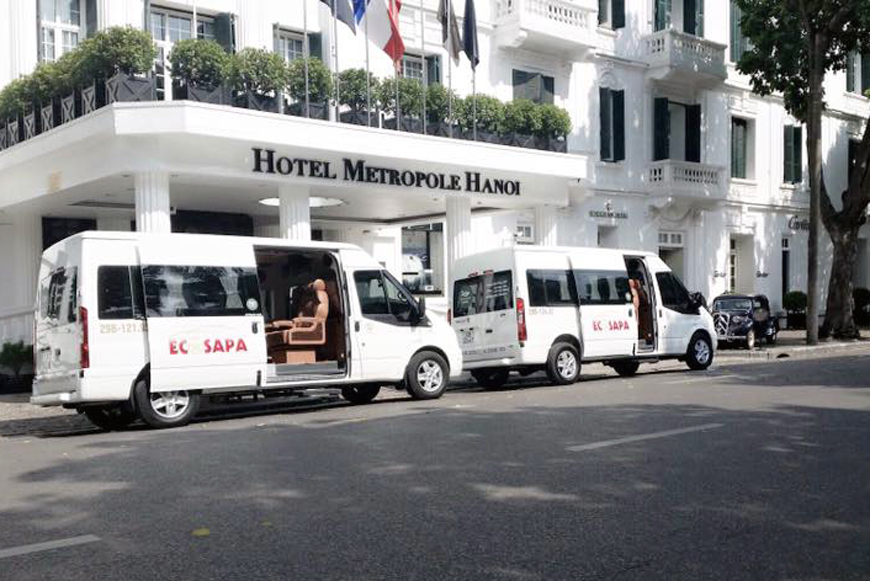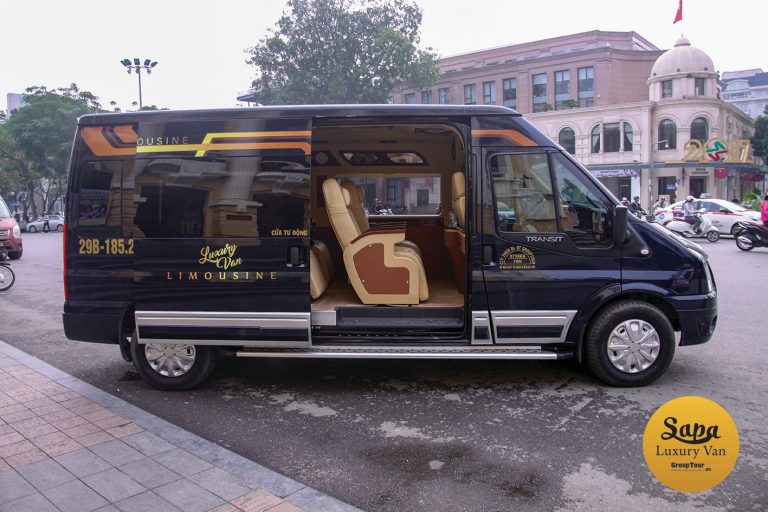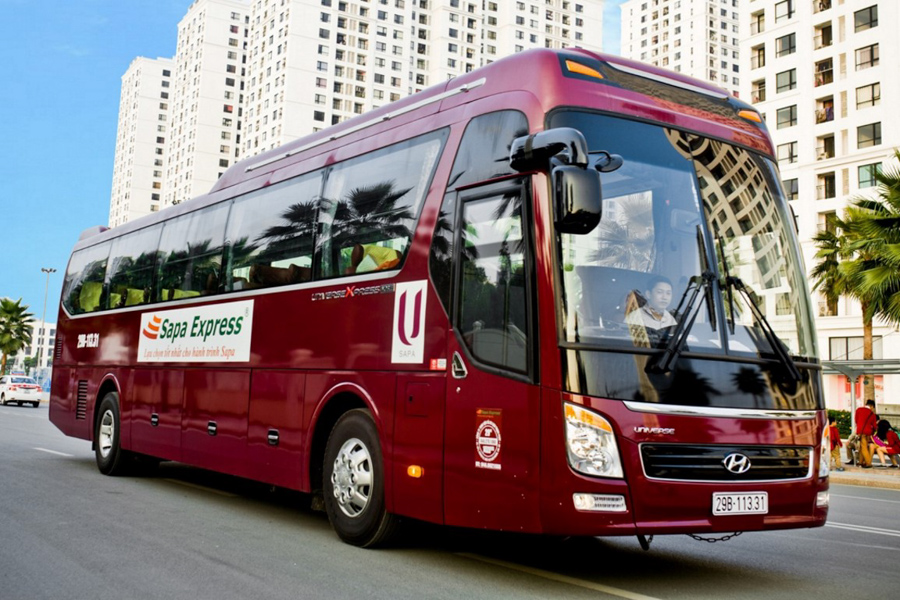Hanoi to Sapa transfer by bus, minivan, train or private car
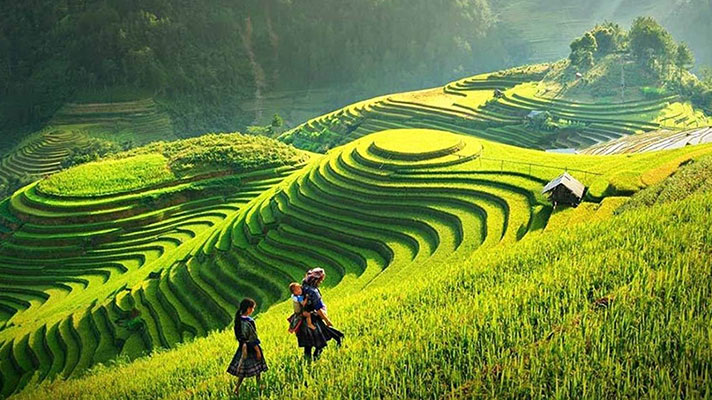
Sapa, located in the mountainous region of Northern Vietnam, is a popular destination for those seeking breathtaking landscapes and cultural immersion. However, getting to Sapa from Hanoi can be a daunting task for first-time visitors. In this article, we will provide guidance on the different modes of transportation available for the Hanoi to Sapa transfer.
The train is the most popular mode of transportation for traveling from Hanoi to Sapa. The train journey takes approximately 8 hours and offers stunning views of the countryside. There are two types of train to choose from: the regular train and the luxury train.
The regular train offers basic amenities such as air conditioning and seating, but can be quite noisy and uncomfortable. The luxury train, on the other hand, provides a more comfortable experience with private cabins, beds, and air conditioning.
Taking the bus is another option for traveling from Hanoi to Sapa. The bus journey takes around 5-6 hours and is a cheaper alternative to the train. However, the road can be winding and bumpy, which may not be suitable for those who suffer from motion sickness.
There are several bus companies that operate the Hanoi to Sapa route, such as Sapa Express and Green Bus. The buses depart from Hanoi in the morning and arrive in Sapa in the early afternoon.
For those who prefer a more comfortable and flexible option, a private car transfer is a great choice. With a private car, you can choose your own departure time and have the freedom to stop at any point during the journey.
In conclusion, there are several modes of transportation available for the Hanoi to Sapa transfer. The train is the most popular choice, while the bus is a cheaper alternative. For those who prefer comfort and flexibility, a private car transfer is a great choice. And for adventurous travelers, a motorbike journey to Sapa can offer a unique experience. Whichever mode of transportation you choose, be sure to prepare for the mountainous terrain and bring appropriate clothing for the weather.
Question & Answer for transfer from Hanoi to Sapa
What are the best travel tips for Hanoi to Sapa?
- Sapa’s weather is usually cold, so it’s best to bring a jacket. Also, small rain or fog can occur anytime, making the roads muddy, so prepare hiking boots too.
- You will need to pay for tickets at any tour destination, so it’s a good idea to have some small Vietnamese dong on hand.
- Food at bus/car stops can be more expensive than other places, so it’s a good idea to bring your own food and drinks. However, most vehicles do not allow eating on board, so wait until the car stops before consuming your food.
How long does the ride take?
The duration of the trip from Hanoi to Sapa may differ based on the means of transportation that you opt for. However, overall, the entire voyage should take around 5.5 to 8 hours.
- Bus: around 6 hours
- Train: around 8 hours, also train just take you to Lao Cai which 45 km away from Sapa.
- Limousine Van: about 5.5 hours with 2 breaks on the way
- Private car: about 4.5 – 5 hours
Does the car and train stop to take a break?
- Cars and buses usually make one stop during the journey (buses starting from 13:00 will make two stops; the first one for about 10 minutes for a toilet break and the second one for about 30 minutes for food).
- Trains, on the other hand, go directly to the destination without any stops, and you can enjoy food and use the toilet on board.
What are some popular attractions in Sapa ?
- Fansipan Mountain: The highest peak in Indochina, with stunning panoramic views of the surrounding area.
- Cat Cat Village: A traditional H’Mong village that offers a glimpse into the daily life and culture of the local people.
- Muong Hoa Valley: A beautiful valley with terraced rice fields, scenic landscapes, and ethnic minority villages.
- Silver Waterfall: A 200m-high waterfall located about 12km from Sapa town, offering breathtaking views and a peaceful atmosphere.
- Ham Rong Mountain: A scenic spot with beautiful gardens, a variety of flowers, and a panoramic view of Sapa town.
- Bac Ha Market: A famous Sunday market that attracts many ethnic minorities from the surrounding areas, offering a wide range of local products and cultural experiences.
- Ta Van Village: A beautiful village with traditional stilt houses and rice terraces, home to the Giay ethnic minority group.
- Sapa Love Market: A unique market where young people from different ethnic groups gather to find love and express their feelings through songs and dances.
What is the weather like in Sapa?
- Sapa’s weather varies depending on the season. The summer months from May to August are warm and humid, with temperatures ranging from 20-30°C (68-86°F) during the day and occasional rain. The winter months from November to February are cold and dry, with temperatures ranging from 5-15°C (41-59°F) during the day and dropping below freezing at night. The best time to visit Sapa is from September to November or from March to May when the weather is mild and the rice terraces are at their most beautiful.
Source: nchmf.gov.vn
What should I pack for a trip to Sapa?
When packing for a trip to Sapa, it’s important to consider the climate and activities you’ll be doing. Here are some general items you may want to pack:
- Warm clothes: Sapa can get quite cold, especially at night, so pack warm clothes such as a fleece jacket, a hat, gloves, and a scarf.
- Comfortable shoes: You’ll likely be doing a lot of walking and hiking, so bring comfortable shoes with good traction.
- Rain gear: Sapa is known for its frequent rain, so bring a waterproof jacket or poncho.
- Sun protection: Even if it’s cloudy, UV rays can still damage your skin, so bring sunscreen, sunglasses, and a hat.
- Insect repellent: Mosquitoes can be a problem in some areas, so bring insect repellent.
- Camera: Sapa is known for its stunning scenery, so bring a camera to capture the beautiful landscapes.
- Cash: While there are ATMs in Sapa, they may not always be reliable, so bring enough cash for your trip.
- Medications: If you have any prescription medications, be sure to bring them with you, as they may not be available in Sapa.

